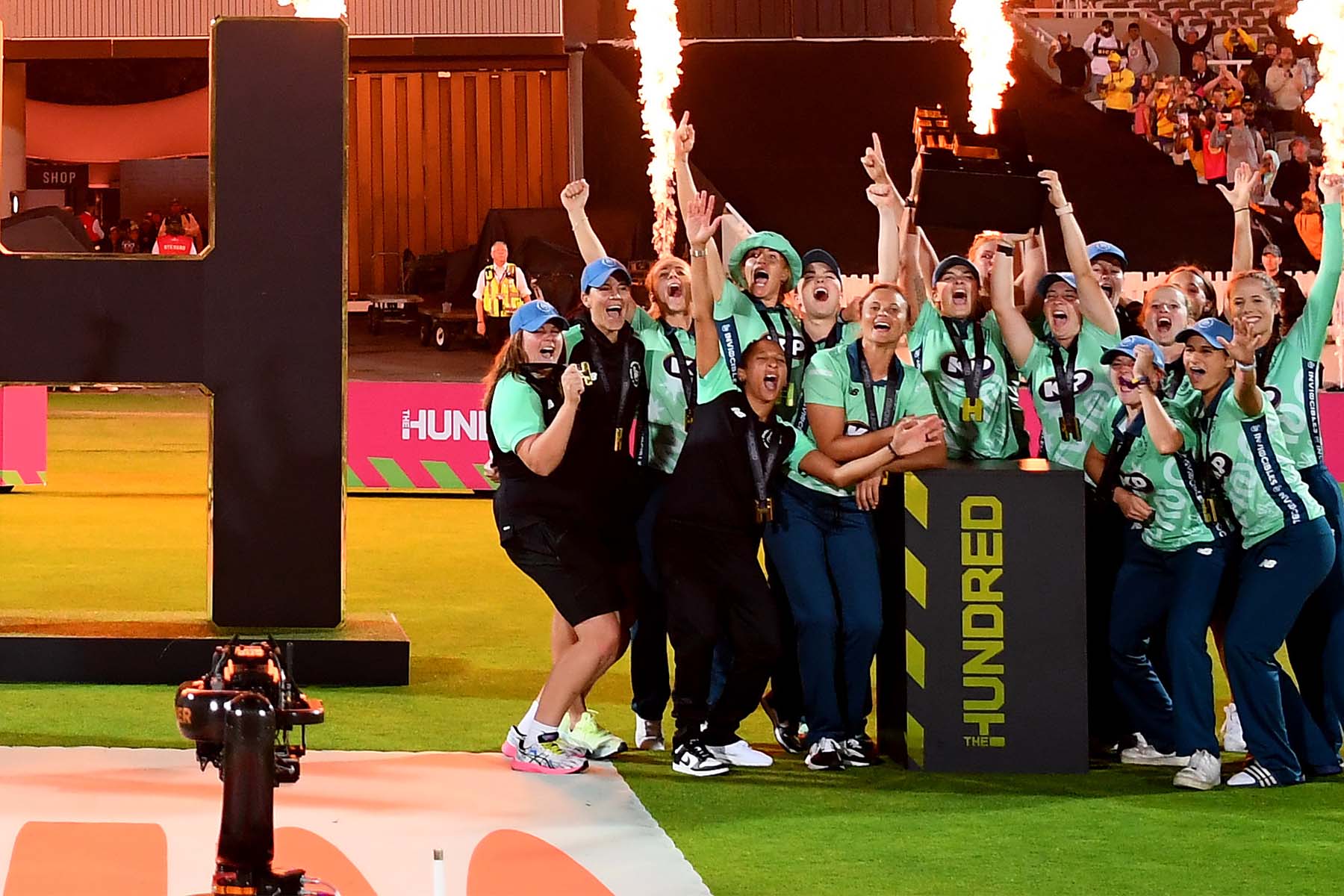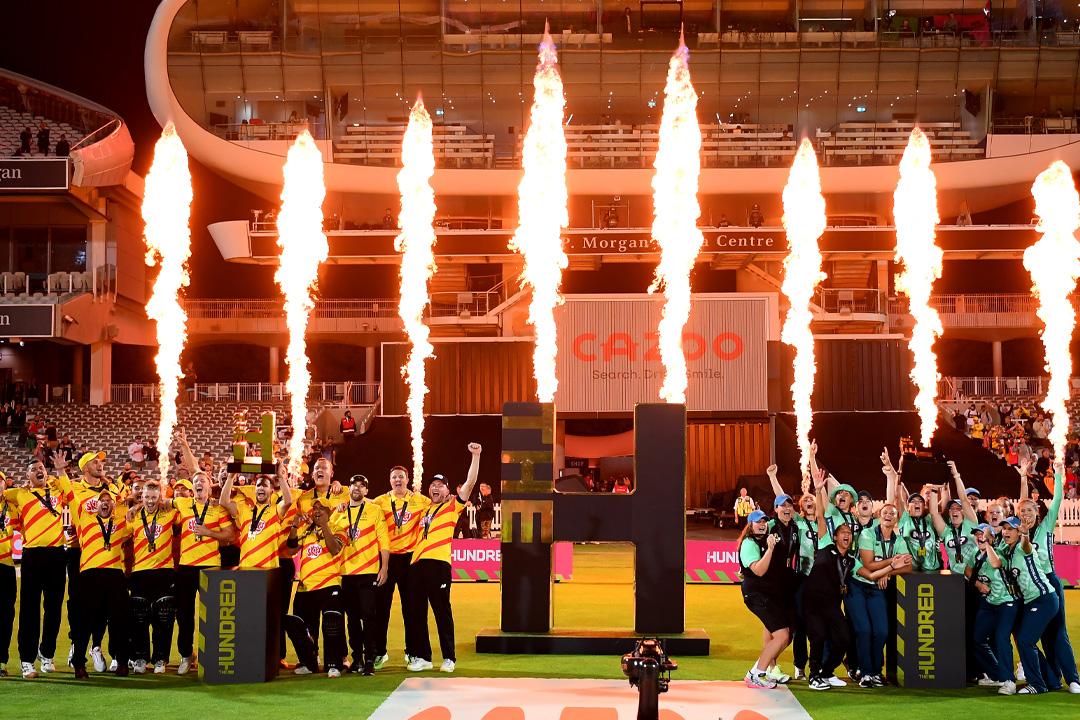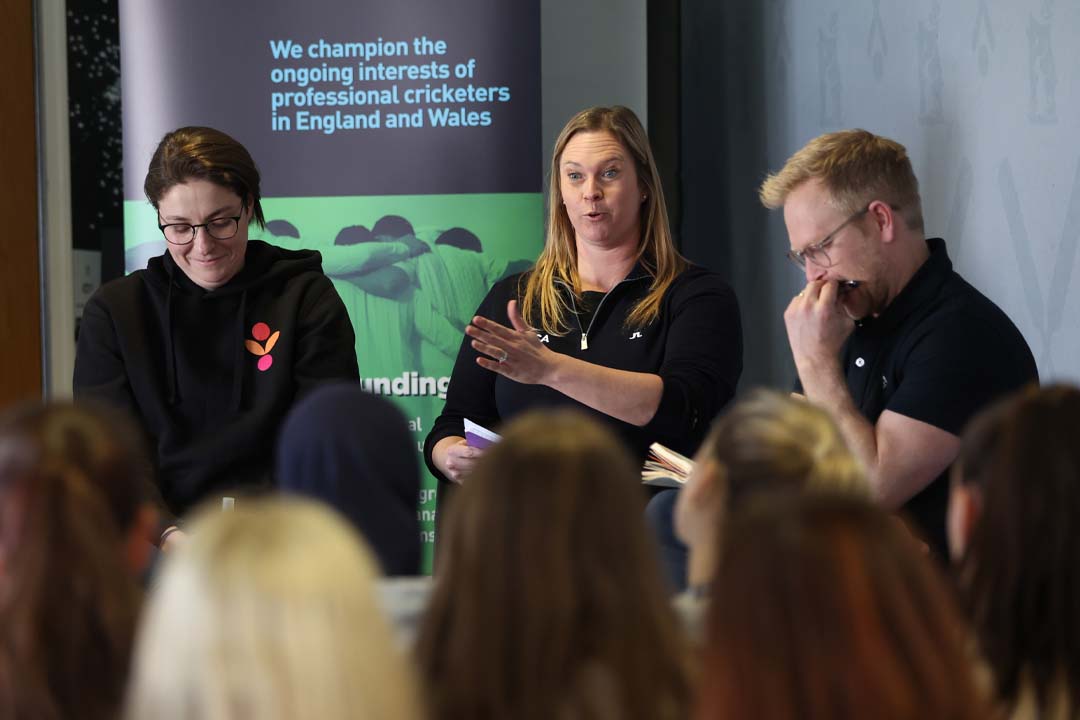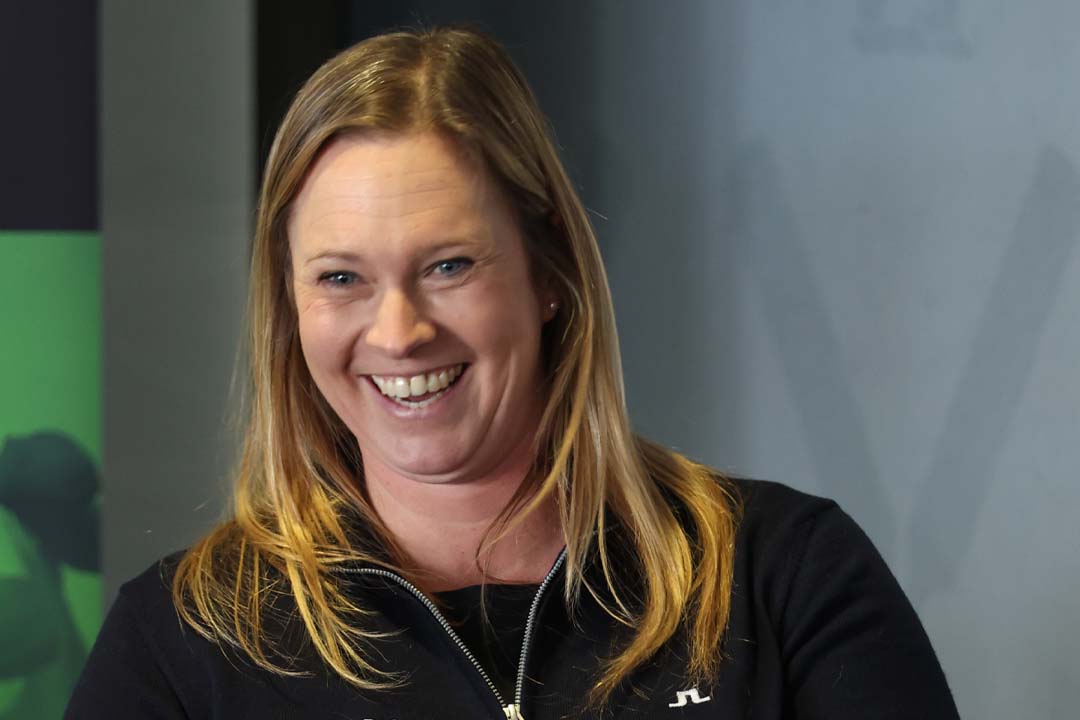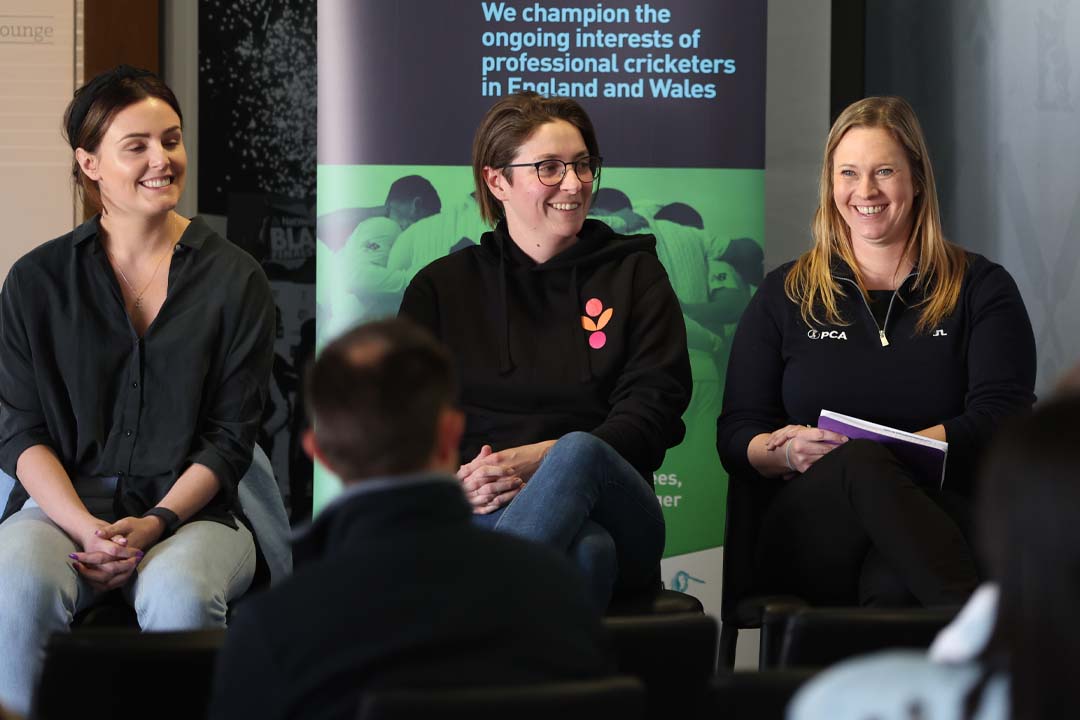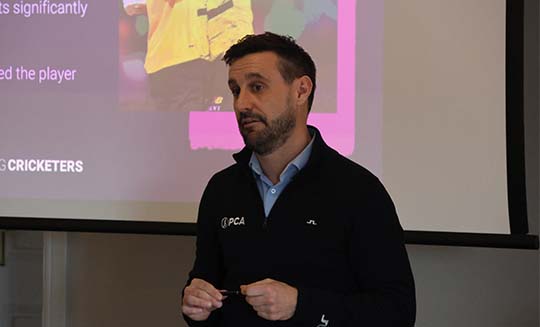Every year on 8 March, International Women’s Day celebrates the social, economic, cultural and political achievements of women around the world.
The theme this year is #EmbracingEquity which is something we need to think about, know, value and embrace.
The PCA has been embracing equity in women’s cricket by being at the forefront of positive change for the women’s game.
With almost 100 professional women’s cricketers now members of the PCA and the increase of franchise competitions around the world, great strides have been made in the women’s game and it is moving in the right direction, however more work still needs to be done.
To celebrate the occasion, the PCA’s Head of Player Rights and Women’s Cricket, Emma Reid, has shared her thoughts on this year’s theme, how she celebrates International Women’s Day and how she sees the women’s game evolving…
- This year’s International Women’s Day theme is Embrace Equity, in your role, what does equity mean to you?
- To me, it means giving players the same opportunities to pursue a career as a professional cricketer and to make sure the structures that are in place across the professional game provide that and are fit for purpose. I think we have to mindful of the fact that the professional women’s game is still its development stage however we have to have aspirations as an organisation to support a rapid growth and be ambitious in our strategy to influence the progress. It also means getting out on the ground to hear what equity means to our members; it’s vital that we represent their views and whilst pay parity may be the ultimate goal, our players are best placed to tell us what they need for the professional game to be more equitable.
- You’ve worked at the PCA for 18 years, how has the organisation progressed with embracing equity?
- When I first started at the PCA, females working in the sports industry were few and far between. We now have an almost 50/50 split of male to female staff and that brings balance to an organisation, allowing different viewpoints. From a player perspective, when I first started I remember being astounded to hear that former teammates of mine who were playing for England were turning up to commercial appearances without being paid any expenses whilst their male counterparts were receiving a fee. This was the first step into the PCA starting to represent the female players and I’m delighted that things have moved on so significantly since then. I think we’ve also worked really hard over the last three years to develop our services as an organisation to ensure our male and female memberships are treated equally.
- Can you tell me more about the PCA Fairer Futures project?
- We submitted this paper to the ECB during 2021 as a first step towards working with them to progress the women’s game and chart a path towards gender equity. Having spent a number of years consulting with the ECB to establish the new domestic structure and developing the player contracts for The Hundred, as working on behalf of the England players, we felt it was time to bring everything together in one place. The paper highlights the contractual, structural and financial differences between the men’s and women’s games and it has been used to shape our strategy, identifying both the shorter- and longer-term priorities needed to progress the women’s game. Since that paper, the money going into player salaries has more than doubled, with our female membership numbers going from 58 to almost 100. The progress has been rapid, but there is a still a huge amount to be done to try and close the gender gap and ensure the structures that are in place across the men’s and women’s games are aligned.
- What has been your greatest achievement in your role?
- It’s how quickly the women’s domestic game had progressed. If we think back to 2019, the only way to be a professional female cricketer was to hold an England central contract – and we had 17 of those. Being involved in discussions with the ECB about creating a professional domestic structure was a really exciting time for me and seeing how this has advanced in just three years has been brilliant. It’s testament to the players – the first Hundred really propelled them into the limelight and highlighted just how good the women’s game can be – and this only helps us when looking to agree better employment terms for them. The fact that each region now has at least 10 pros, who are now able to negotiate salaries as well as agree multi-year contracts begins to give the security that’s needed, is such a huge step.
- What are you most excited about the growth of women’s cricket?
- I think the platform on which women’s cricket is now shown, with many of the players, not just at England level but across The Hundred as well, becoming recognisable names, is really exciting. Growing up, I didn’t know there was an England Women’s team and all the players I looked up to were men. The marketing and broadcasting now in these areas has elevated women’s cricket and for young boys and girls growing up to be able to see that is really important in the game growing even further.
- How do you celebrate International Women’s Day?
- To me, it’s about celebrating your friends, family and team-mates. Everyone comes at things from different perspectives which shape you throughout your life and it’s about remembering to show those close to you how much you appreciate them. From a wider perspective, whilst it’s important to recognise all the great achievements in the women’s game on this day and push for a more equitable future, I’d like to see the time come when there’s no need for a specific day and progress is just the norm across both the men’s and women’s games.
- If you had a crystal ball how would you like to see the women’s game evolve?
- I’d like to see the domestic game provide for fully professional squads as well as ensure the pathway is supported through the introduction of rookie contracts and for the remuneration to reach a point where players don’t have to take on other jobs unless they want to. The opportunity that the WPL is providing for some of our top players is immense, from both a financial and profile perspective, and the growth of the franchise leagues provides exciting opportunities. We need to ensure that these competitions can sit alongside international cricket, affording our members the greatest chance to experience different conditions, players, coaches as well as financial reward.
